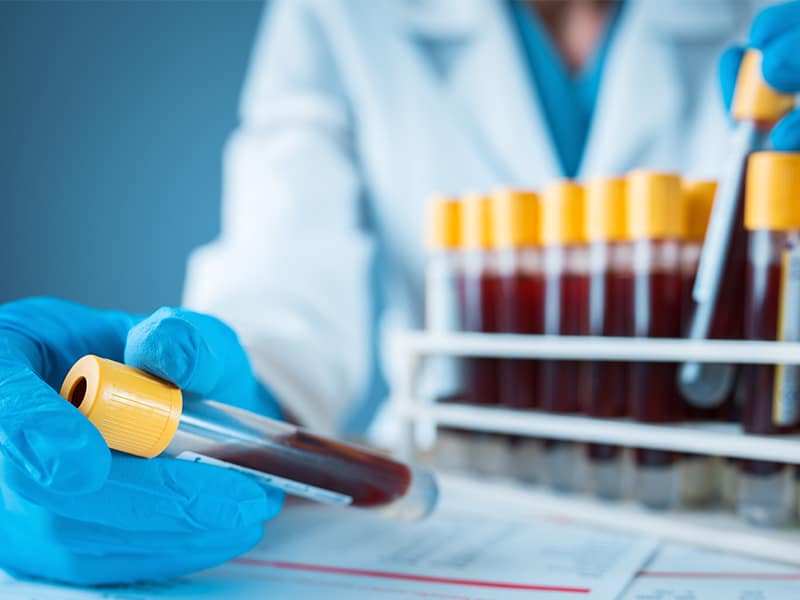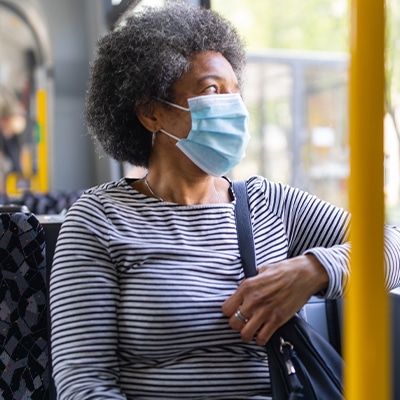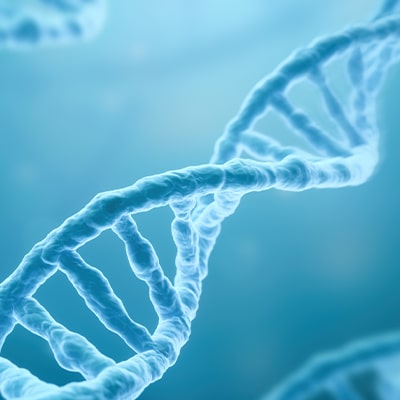Like other viruses, COVID-19 preys on our weaknesses, whether that’s an immune system weakened by old age or a chronic disease like diabetes, or even affected by genetics or varying blood types.
And while there are ways to mitigate some of those risk factors, some are simply out of our control.
Knowing the difference can help us protect ourselves.
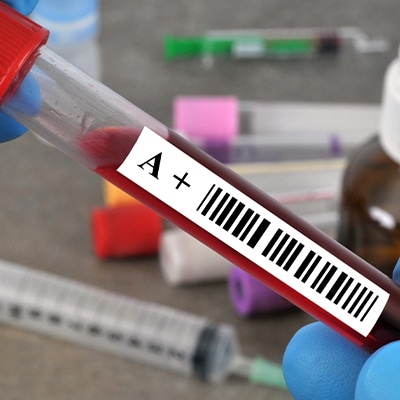
Blood types
Two studies – one from China and another from New York, discovered that people with certain blood types may be more susceptible to COVID-19.
“There are suggestions that blood type may have a role or at least a correlation with disease severity,” says Karen Roush, MD, vice chair of pathology for Methodist Health System.
The Wuhan study found that people with Type A blood (A-positive and A-negative, as well as AB-positive and AB-negative) were at a higher risk than those with Type O blood.
The U.S. study went a step further, finding that people with A-positive and A-negative blood types are 33% more likely than people with other blood types to test positive for COVID-19.
“Once you get the patients in the hospital and they clearly have COVID,” Dr. Roush says, “it’s harder to ignore the differences in blood type.”
Why blood type might play a role remains unknown, but research into past coronaviruses — SARS, for example — found that certain antigens on the surface of blood cells can help our bodies fight off infections. Having the right antigen could be key.
It could also be that people with certain blood types are more or less likely to spread the virus around.
“We do know that some people who are infected don’t appear to shed the virus as much as others,” Dr. Roush says.
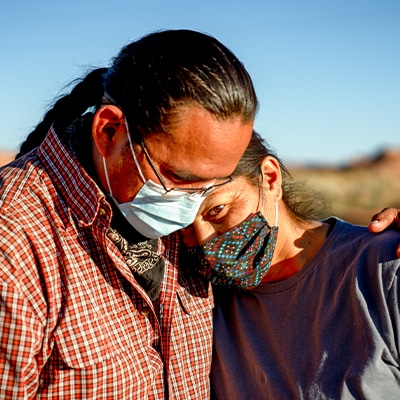
Race
Racial and ethnic minorities tend to bear the brunt of public health emergencies, and the COVID-19 pandemic is no exception.
The Centers for Disease Control and Prevention estimates that African-Americans and Native Americans are five times more likely than non-Hispanic whites to have a COVID-19 infection that ends in hospitalization or death.
What’s more, the hospitalization and mortality rates are four times higher for Hispanic and Latino patients than for whites.
The CDC and others pin the blame for these huge disparities on systemic health and social inequities that have plagued minority populations for generations because of discrimination and racism.
Many minority groups lack access to basic healthcare, opening the door to chronic health problems from heart disease to diabetes.
Diabetes and obesity
Early in the pandemic, physicians noted a handful of chronic diseases among the patients whom COVID-19 hit hardest.
“The things I’m seeing over and over and over again are diabetes, obesity, and hypertension,” Dr. Roush says.
More than a dozen studies found that COVID-19 patients with diabetes were almost four times more likely to wind up in the intensive care unit.
Type 2 diabetes, also known as adult-onset diabetes, is the most common form in the U.S. About 34 million (or 1 in 10) Americans have diabetes, and 90% of them are Type 2. Obesity, a major risk factor for developing diabetes, also seems to have an effect on how sick COVID-19 patients get.
“Of course you can mitigate some of those things,” Dr. Roush says.
A preliminary study out of Wuhan, China, where the pandemic began, found overweight patients were 86% more likely to develop pneumonia along with COVID-19.
It remains to be seen why being overweight plays a role, but Dr. Roush notes that those findings could simply be a result of the larger obesity epidemic in the U.S.
“That could also just be reflective of how prominent diabetes, hypertension, and obesity are in our culture,” she says.
Another study of thousands of people in New York, once the U.S. epicenter of COVID-19, found obese patients under age 60 were twice as likely to be hospitalized and 1.8 times as likely to need critical care in the ICU.
The same study determined that obesity was one of the two biggest risk factors for being hospitalized with COVID-19. The other was age.
Age
While there’s no question that people of all ages are at risk for infection, the new coronavirus is especially deadly for older adults.
In fact, the CDC estimates that victims 65 and older make up 80% of all fatal cases of COVID-19.
And according to research from London, age 70 is a stark dividing line: Patients in their 60s have a 4% mortality rate, while the rate doubled (to 8.6%) for those in their 70s and older.
Blame it, at least partly, on “immunosenescence,” the natural deterioration of our immune systems as we age. Older people simply aren’t as well-equipped to fight off infections.
The research also suggests that chronic health problems that accumulate with age also play a role. A senior with diabetes or heart problems, for instance, is at far greater risk.
That’s why age alone doesn’t dictate how hard the coronavirus hits us. An 80-year-old who’s healthy and active might have the immune system of a 60-year-old and be able to fight off COVID-19 with relative ease.
But there’s another vulnerability to consider that’s well out of our control.
Genetics
Of all the COVID-19 mysteries doctors are grappling with, none may be more baffling than how two patients with seemingly identical risk factors can have vastly different outcomes.
The answer may be in our genes.
A study published in the New England Journal of Medicine identified two stretches of DNA that may have a direct impact on how severe a COVID-19 infection becomes.
Genes on those stretches of DNA are directly involved in two key roles: how your immune system functions and what blood type you are. That’s more evidence that blood type may play a role in how vulnerable we are to the coronavirus.
But Dr. Roush warns that it’s too early to know anything for sure about who’s at greatest risk.
“So many things will become clearer to us after a year,” she says. “It may help elucidate why the virus is doing what it does, and it may even lead to some helpful treatments in the future.”
For now, it’s better to assume you could be at high risk and take all the necessary precautions: staying home when you can, wearing a mask when you can’t, and always practicing social distancing and good hand hygiene.

